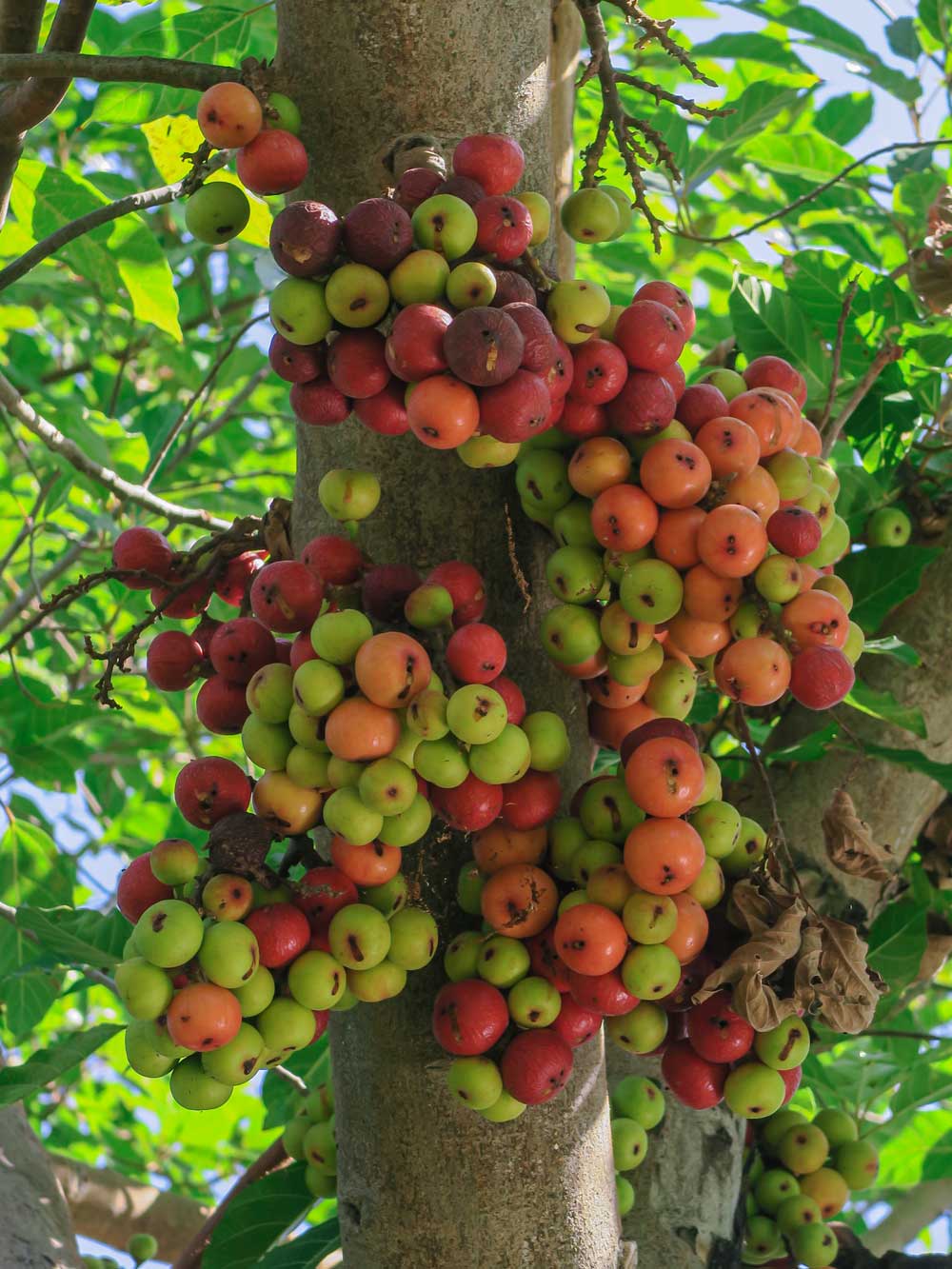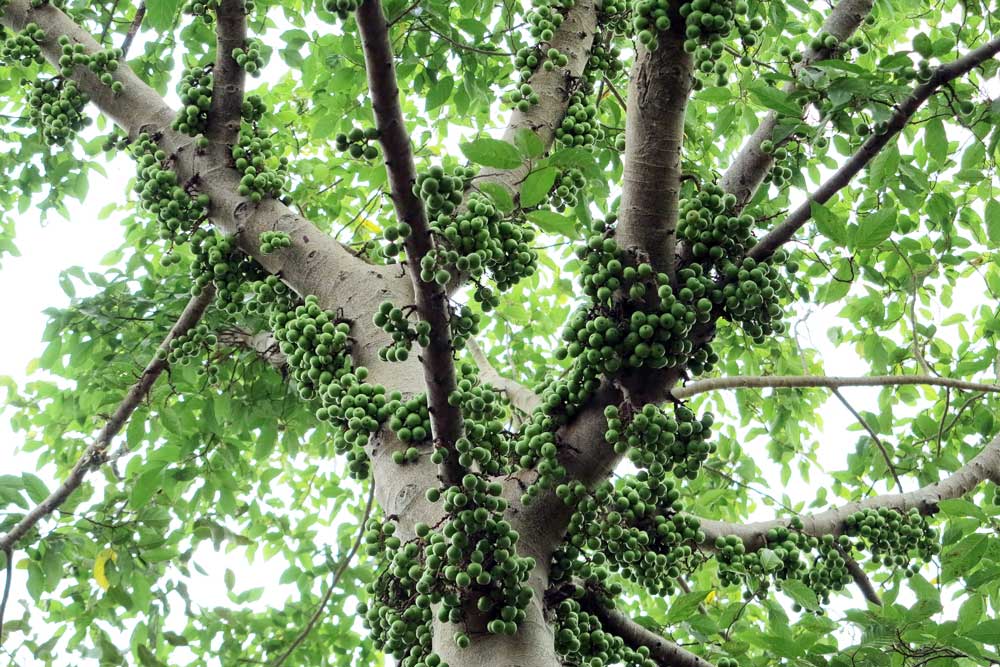Have you ever walked past a tree with clusters of fruits and wondered if they were edible? If you've lived in India, chances are you've seen these fruits hanging abundantly from trees across many states. Meet Gular, also known as the cluster fig or umber, an ancient Indian superfruit packed with antioxidants and nutrients, traditionally used in Ayurvedic medicine.
Gular: The Hidden Gem Of Indian Flora

Image used for representational purposes only.
The Gular tree, scientifically known as Ficus racemosa, is a common sight in many parts of India. Yet, despite its abundance, people walk past it each day without knowing anything about its benefits. This is a fruit that grows abundantly across practically every state in India, making it a true hidden gem in the country's rich botanical landscape.
Gular has a unique, meatier texture compared to its cousin, the common fig (anjeer), which is larger and sweeter. While the common fig is often celebrated for its sweetness and versatility, the Gular stands out for its rich texture, offering a different yet equally delightful experience.

Image used for representational purposes only.
One of the fascinating aspects of Gular is its fruiting pattern. The tree fruits twice a year, in the summer and late fall, providing a seasonal bounty that can be enjoyed during these periods. This biannual fruiting not only makes it a reliable source of nutrition but also an important part of the local ecosystem.
Nutritional Powerhouse

Image used for representational purposes only.
Gular is not just another fruit; it's a nutritional powerhouse. Packed with antioxidants, it helps combat free radicals in the body, promoting overall health. It's also rich in essential nutrients, making it a valuable addition to a balanced diet. Traditionally, Gular has been used in Ayurvedic medicine to treat a variety of ailments, from digestive issues to skin conditions, highlighting its multifaceted benefits.
Cooking With Gular
Gular is used in a variety of regional dishes across India. In Bihar, it is used in gular chokha, a mashed vegetable preparation with raw mustard oil, garlic, and green chillies. In Tamil Nadu, aththikayi poriyal features medium-sized gular with the centres discarded. In West Bengal, dumur bhaja is a fritter simmered in traditional gravy. In Lucknow, gular ke kebab pairs the fruit with mutton and chana dal.

Image used for representational purposes only.
The story of Gular is a reminder of the many lesser-known, yet highly beneficial, foods that are often overlooked in modern diets. These lost foods carry the wisdom of ancient traditions and offer unique health benefits that are worth rediscovering. By exploring and incorporating such foods into our diets, we not only diversify our nutritional intake but also preserve a part of our cultural heritage.
Gular, the lesser-known fig, is more than just a fruit; it's a testament to the rich biodiversity and traditional wisdom of India. As we navigate the modern world, it's essential to remember and celebrate these lost foods, integrating them into our lives for a healthier and more connected existence.
Despite its historical significance and nutritional value, gular faces challenges in modern diets. The British colonial neglect of local foods and the introduction of new crops have contributed to a decline in the consumption of gular. In states like Bihar, food and nutritional insecurity persist, and wild vegetables like gular could play a crucial role in addressing these issues.

Image used for representational purposes only.
The next time you walk past a tree with clusters of fruits, take a moment to wonder about its story. You might just discover a hidden gem like Gular, waiting to enrich your life.